HTML (Hypertext Markup Language) is the standard markup language used for creating web pages and applications. Here are some key points about HTML:
- Structure: HTML provides the structure and layout for web content. It uses markup tags to define elements such as headings, paragraphs, lists, images, links, tables, forms, and more. These elements define the structure and organization of the content within a web page.
- Markup Tags: HTML consists of a set of markup tags, also known as HTML tags or elements. Tags are enclosed in angle brackets (<>) and are used to surround and define different parts of the content. Tags often come in pairs, with an opening tag (<tag>) and a closing tag (</tag>), enclosing the content between them.
- Hierarchy: HTML follows a hierarchical structure where elements are nested inside one another to represent the relationships between different parts of the content. The top-level element is the <html> tag, followed by the <head> and <body> tags, which contain the head and body sections of the web page, respectively.
- Semantic Markup: HTML supports semantic markup, which means that different tags have specific meanings and convey the purpose or meaning of the content they enclose. Semantic markup helps search engines, assistive technologies, and developers understand the structure and context of the content.
- Hyperlinks: HTML allows the creation of hyperlinks using the <a> (anchor) tag. By specifying the URL within the href attribute of the <a> tag, users can click on the link and navigate to another web page or a specific section within the same page.
- Multimedia Support: HTML provides tags to embed multimedia content such as images (<img>), videos (<video>), and audio files (<audio>) directly into web pages. These tags allow developers to incorporate visual and auditory elements into their content.
- Forms and User Input: HTML offers form elements (<form>, <input>, <select>, <textarea>, etc.) to create interactive forms that collect user input. Form elements enable users to submit data, make selections, and interact with web applications.
- Compatibility: HTML is supported by all major web browsers, making it a reliable choice for web development. However, different browser versions may have slight variations in rendering and interpretation of HTML code, so developers often need to ensure cross-browser compatibility.
- Integration with CSS and JavaScript: HTML can be enhanced by using CSS (Cascading Style Sheets) for styling and layout, and JavaScript for adding interactivity and dynamic behavior to web pages. These technologies work together to create visually appealing and interactive web experiences.
HTML is the foundation of web development and provides the structure and content for web pages. It is a fundamental skill for anyone interested in creating websites or web applications. With HTML, developers can define the structure, layout, and content of web pages, making them accessible and interactive for users.

